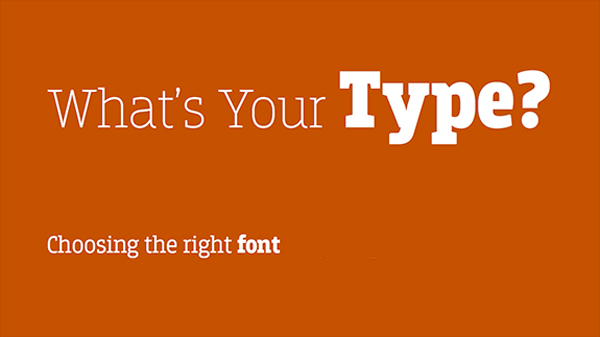It may be a statement of the obvious but it’s very easily forgotten: your blog posts are there to be read. The reason for setting up a blog is because you have something to say. In a way it doesn’t matter what your subject is because if you don’t make it readable then no one is going to bother with it unless they are an avid follower of your insights.
It’s fair to say that many bloggers want to make their blogs ‘all singing and dancing’, with lots of visuals and flashing icons to try to keep the attention. Remember, a new potential reader coming to your blog for the first time will not take long to decide whether to keep reading – that’s the way of the internet where attention spans are notoriously short.
Trying to dazzle with your visuals, although they are an important part of blog, is not necessarily what a new reader wants to see. That’s not the same as making your blog visually attractive, so it’s sensible to look at how you can make your text look good and consequently be much more readable.
Content
It should go without saying that you have interesting content and information you want to convey. You should update your blog regularly, at the end of each post saying what’s coming the next day or week and making sure you deliver. Otherwise readers will go elsewhere and likely forget about you.
Structure your blog
Throwing words and images around haphazardly will not attract readers because they won’t have anything constructive to follow. So make sure you structure your blog to draw people in. It’s quite straightforward if you know what you’re doing, but initially you should keep things simple.
Headline

When you read a newspaper your eye is immediately drawn to the headline, the device a sub-editor uses to immediately grab a reader’s attention. A good headline will summarize the main thrust of the article whilst also sparking the reader’s interest.
Sub-headline
These are also attention grabbers to continue to draw a reader in to the blog and get them to move on to the main text. They should be visually smaller than the headline but larger than the rest of the text – again, make sure the words you use are well written and trip easily of the tongue.
Main body of text
This is where you get to display your knowledge and convey the information you want people to read and enjoy. It should go without saying that you need to write carefully and make sure your spelling is spot on. Nothing puts off readers more than poor spelling or badly constructed sentences. If you can’t take the time to get things right why should they bother to read?
Your sentences should be relatively short – don’t use lots of sub-clauses broken up by commas as this tends to very quickly become confusing. There is often a temptation to use long, complicated sentences in order to avoid making the text seem too simple, but this can very easily backfire. Your paragraphs too should be no longer than three sentences. Large blocks of text are unattractive and hard work to read. Visual breathing space is essential for a good visual layout, and can help in separating your articles into manageable, memorable key points.
It is also worth becoming familiar with the idea of keywords. This can be essential in allowing search engines to deliver your content to users who are looking for a specific topic. It is a good idea to choose one main keyword and perhaps some secondary ones, and positioning them strategically in the headings and main text. Blending these into the flow of the text in a natural, unobtrusive way is a real skill, and it can definitely be worth consulting a web content specialist if you are unsure of how to approach this aspect of blogging.
Fonts

When your content is organized you need to consider the visual aspect of the blog. Sans serif fonts such as Arial or Verdana are ideal for the web as they are clean and easily readable at any size compared to many fonts that have serifs. Although it may be tempting to explore visually arresting, ‘fancy’ fonts to give your blog a unique look, it is usually best practice to play it safe in order to maintain readability. It is also worth considering the fact that loading in multiple font styles can have a detrimental effect on your page load times, particularly on mobile devices.
Font size
Your headline and sub headline will be larger than your main body of text, and for readability it shouldn’t be smaller than 14 point. Smaller than that and it becomes more difficult to read so try out 14, 15 or 16 and check out other blogs to get a feel for what will work best for you.
Colors

The best advice here is to keep it simple. A white or light gray background will help your text stand out. If you want a black background avoid blue, purple and red text – they strain the eye and can appear foreboding, not the effect you probably want to achieve. Make sure your links are a different color to the main text. Using underlined blue text for link anchors is ubiquitous, and is almost always the most logical choice.
Research and experiment
Take the time to examine a range of other blogs and websites to see how they do it, then experiment with your own site and make it as easy to read as you can. If your subject matter is of interest to people then they’ll want to read it, so work hard to draw them in and keep them coming back for more.






























